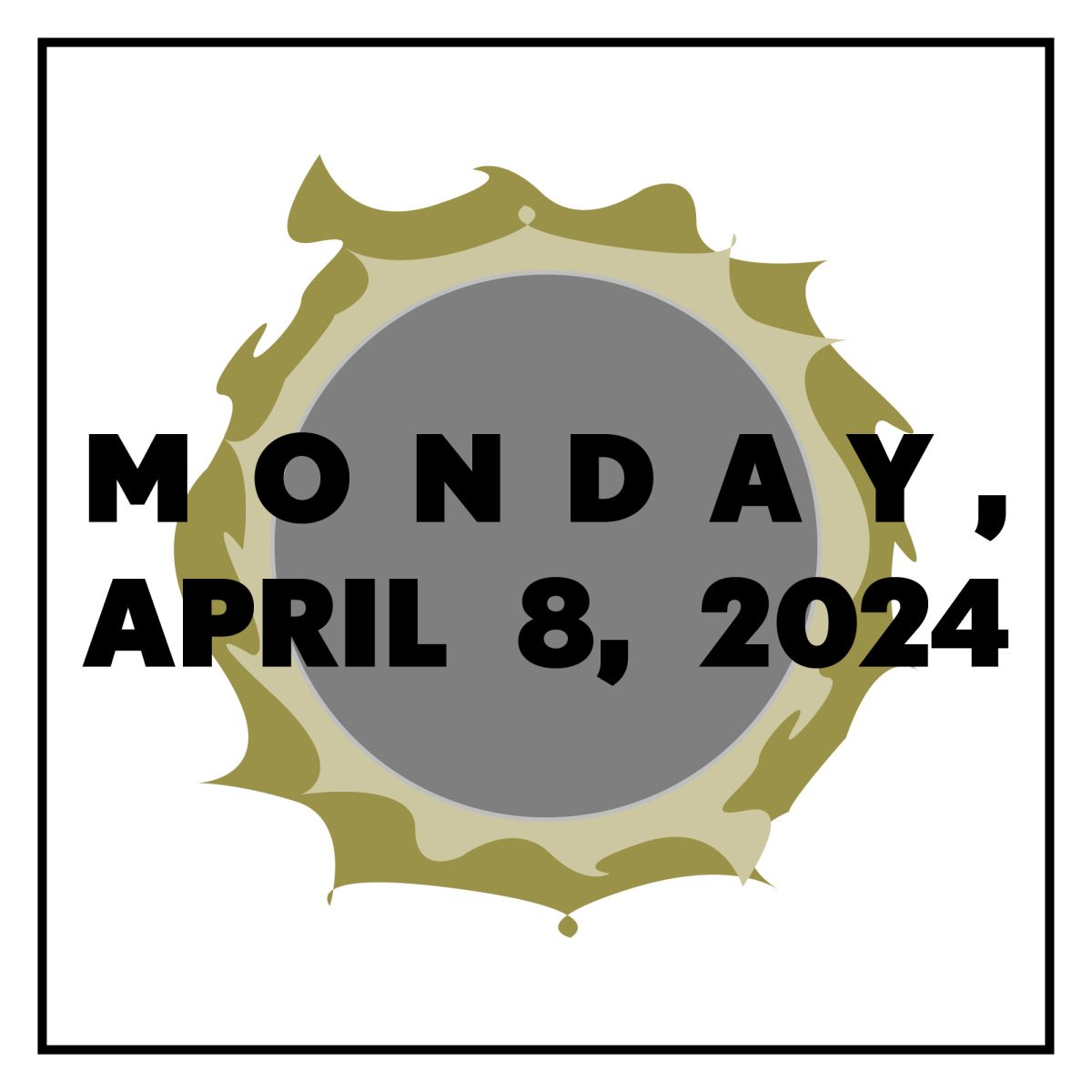For many BV students, we can remember seeing the August 2017 eclipse (probably from school) in Kansas City. For the second time in seven years, a total solar eclipse is going to cross the continental United States. On Monday, April 8, the path of totality will pass through major U.S. cities such as Buffalo, New York; Little Rock, Arkansas; and Austin, Texas. This year’s total eclipse path runs a little farther south so that Kansas City will not see totality, but instead just a partial solar eclipse.
In a total solar eclipse, the sun is completely obscured by the moon, leaving only the sun’s coronal light bleeding out around the edges. These eclipses have a relatively small width; sometimes there is only a fifty-mile wide strip where the eclipse can be seen reaching totality. Outside of this strip of totality, viewers are only able to see a partial eclipse, meaning that the moon will cover most of the sun, but not all of it.
The word “eclipse” comes to English via the Latin “eclipsis” from the Greek word “ekleipein,” meaning “to leave, fail to appear.” This points to the way that the moon, in a matter of a couple hours, can completely block out the sun’s light because of the sun and moon’s nearly equal size in Earth’s sky.
On Monday, the eclipse will reach totality somewhere between noon and 2 p.m. depending on the location. For those who have not had the opportunity to witness one of these astronomical events, I would highly recommend attempting to see an eclipse reach totality. It is truly an unparalleled experience. Here at Blue Valley, we will have a modified schedule in order for students to have an opportunity to see the eclipse, in which the moon will cover most of the sun, creating a truly unique view.




